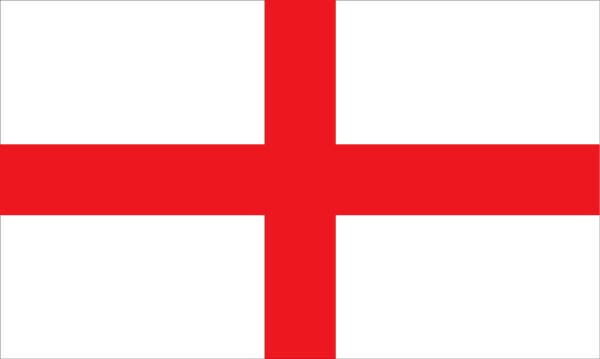Emblem: an object or its representation, symbolizing a quality, state, class of persons, etc.; symbol: The olivebranch is an emblem of peace
Saint: a saint regarded as the special guardian of a person, group, trade, country, etc.
Parade: a large public procession, usually including a marching band and often of a festive nature, held inhonor of an anniversary, person, event, etc.
Crusades: ( often initial capital letter ) any of the military expeditions undertaken by the Christians of Europe inthe 11th, 12th, and 13th centuries for the recovery of the Holy Land from the Muslims.
Who is St. George :
He is a patron of saints in England and his emblem become an inspiration for English flag and it is also part of British flag.
Who was St. George :
He was a Roman soldier and he protested against Romans torture of Christian.
His popularity stems from early Crusades when it is said that the Normans saw him in a vision and were victorious.
Dragon story:
It is said that he killed a dragon because dragon kidnapped princess. However, it is highly unlikely that he killed a dragon. Even unlikely is that he ever actualy visited England.
Today celebrations:
On the Sunday nearest to 23. April the scouts go through England and attend services at local churches.
Also somewhere are parades with market places and people wear red rose (what is national flower) in their button hole.
Despite of that many and many people of England don´t celebrate this day.
Interestings:
More than a quarter of people living in England do not even know who their patron saint is!
For most people in England St George's Day is just another ordinary working day.
St. George frequently appears in Mummers' Plays during Easter and Christmas celebrations. They are folk dramas based on the legend of St. George and the Seven Champions of Christendom.

